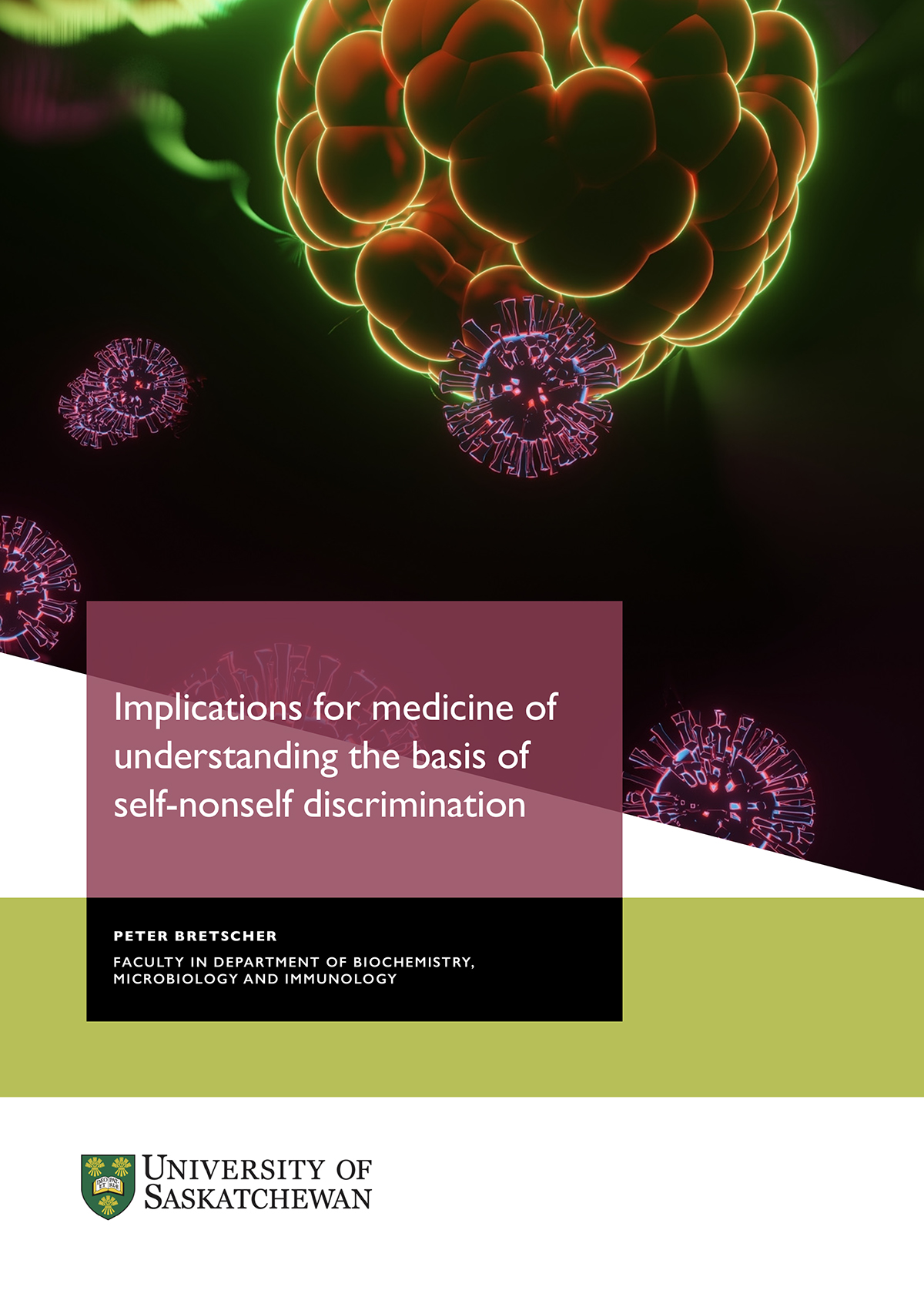Peter Bretscher, biochemistry, microbiology and immunology at The University of Saskatchewan, discusses the implications for medicine of understanding the basis of self-nonself discrimination
One question has become central in immunology over the past few decades. How are immune responses generated and prevented?
This question is central not only for basic reasons but because the answer entertained guides the design of diverse strategies of medical intervention.
In the time of a viral pandemic, immunology has become a hot topic. The scientific principles behind how vaccines and antibodies work are now regular points of consideration for political leaders across the globe. The real-world implications of immunology define reality for millions of people, from patients to healthcare experts. Pharmaceutical industries worth billions create vaccine technology, which protect individuals from severe forms of sickness and others from the devastating fate of death.
So, how were the first immunology frameworks created?
In the early 1900s, Paul Ehrlich found that a goat, given red blood cells from another goat, produce antibody against these red cells – but interestingly, none of the antibody reacted with the immunised goat’s own red cells.
Clearly, the red cells of the two goats differed. Ehrlich recognized that antibody to the immunised goat’s own red cells, if produced, would be devastating.
He suggested a mechanism must prevent such production. Then, the following 100 years of science defined the current status of immunology. When it comes to the basis of self-nonself discrimination, there could be endless implications for medicine.
To learn about the entire history of immunology, including the intricacies of how the immune system works, we have all the answers for you here.
What if the framework employed in considering this question, over the last three decades, was mistaken? Here, Peter Bretscher looks at how an alternative framework could be significant for medical interventions.


